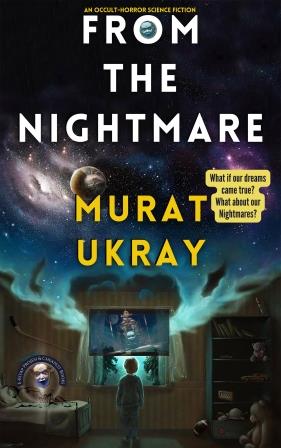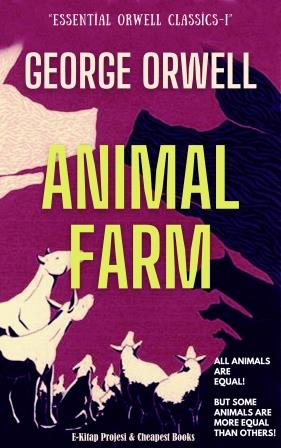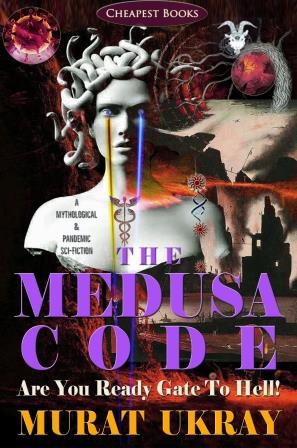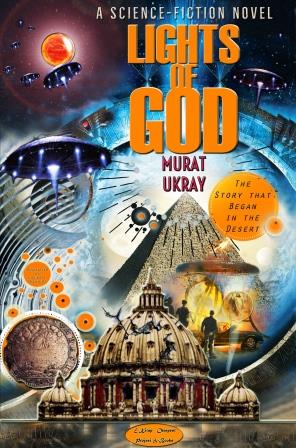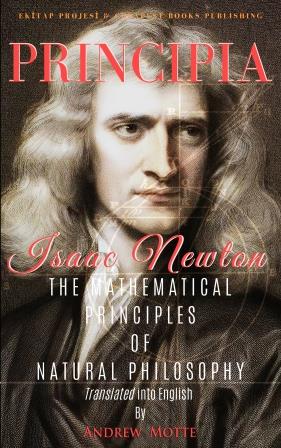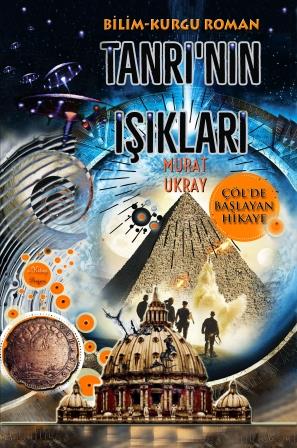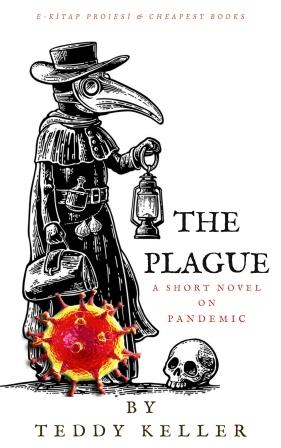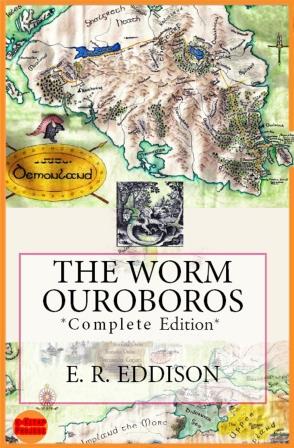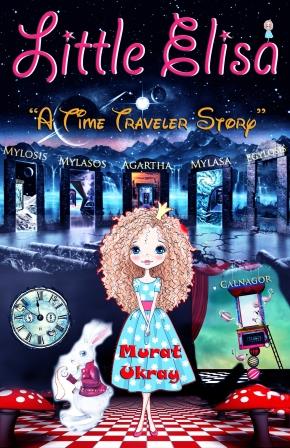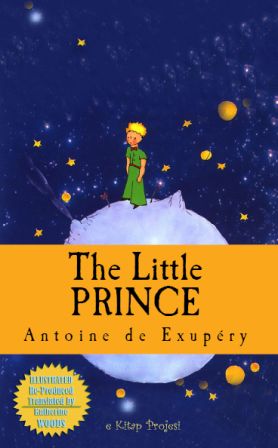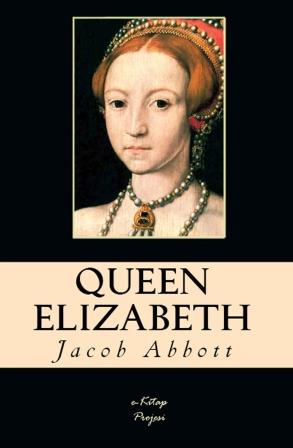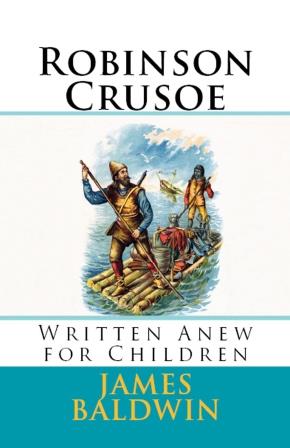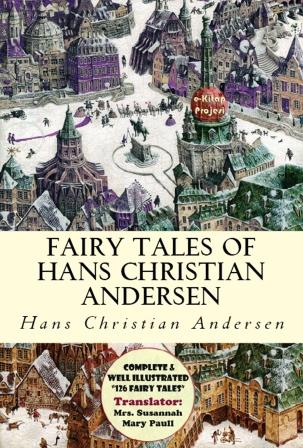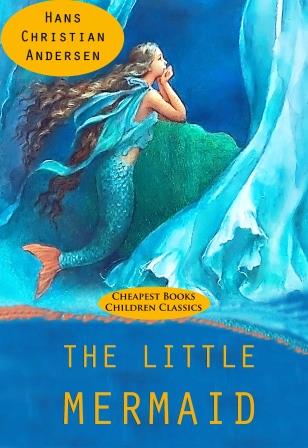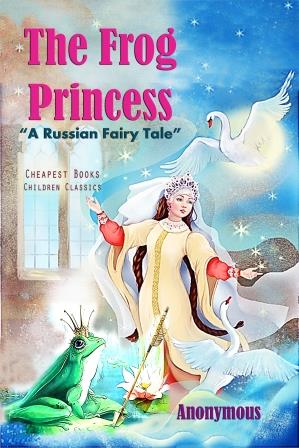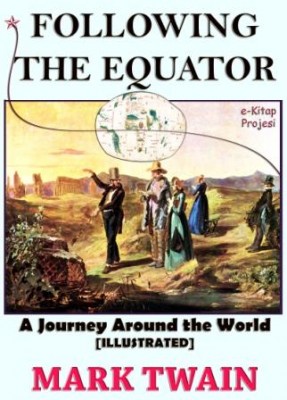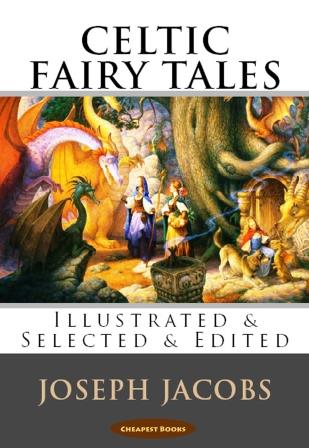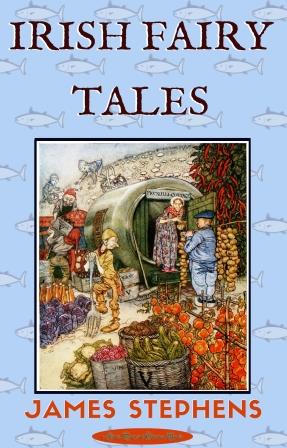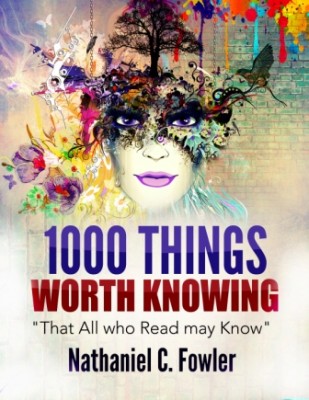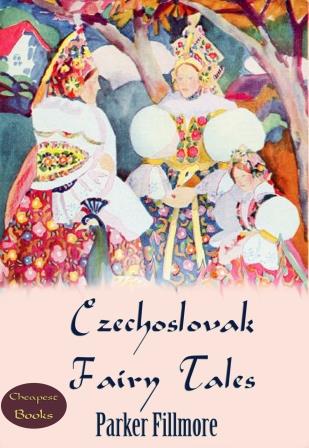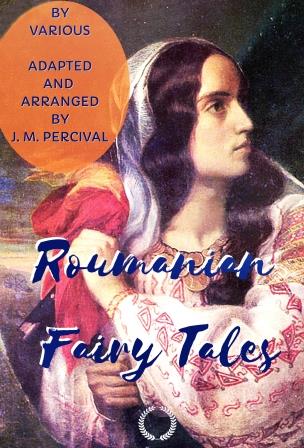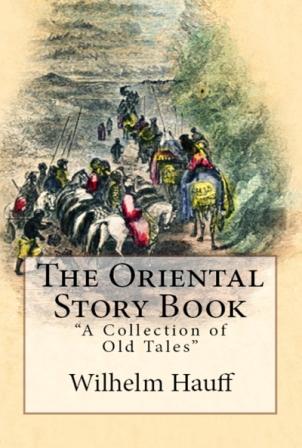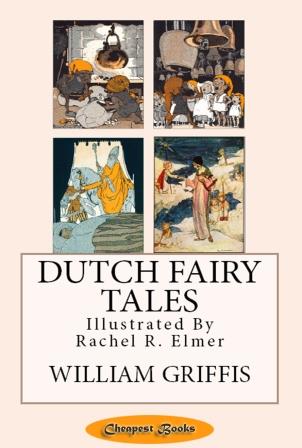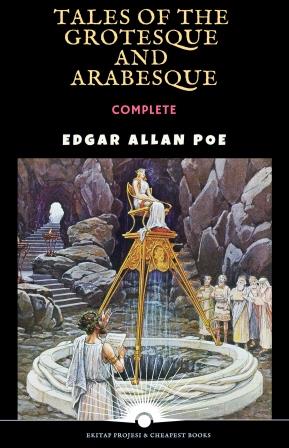More Search Results...

Following the Equator: “A Journey Around the World”
This book illustrated version of the Mar Twain's "Following the Equator; A Journey Around the World" . It has nearly 200 illustrated graphics and pictures..
A man may have no bad habits and have worse.
—Pudd'nhead Wilson's New Calendar.
The starting point of this lecturing-trip around the world was Paris, where we had been living a year or two.
We sailed for America, and there made certain preparations. This took but little time. Two members of my family elected to go with me. Also a carbuncle. The dictionary says a carbuncle is a kind of jewel. Humor is out of place in a dictionary.
Celtic Fairy Tales
This Book, Originally published in 1892, this beautifully written collection of Celtic fairy tales is bound to enrapture. Filled to the brim with, as Joseph Jacob says, "both the best, and the best known folk-tales of the Celts," this is the first of his two collections of Celtic folklore. Included in this charming collection are tales of romance, tales that will make you laugh, and tales with sadness intertwined.
More info →Irish Fairy Tales
1 Tuan Mac Cairill
2 The Birth of Bran
3 The Little Brawl at Allen
4 The Enchanted Cave of Cesh Corran
5 Becuma of the White Skin
6 Mongan's Frenzy
.. And more Irish fairy tales in this book, in one volume.
More info →1000 Things Worth Knowing: “That All Who Read May Know”
This book contains more than one thousand facts, many of which are not generally known to the average person; but all of them are of interest to humankind, and a knowledge of many of them is essential.
The author has used the simplest English, and has avoided, as far as possible, all technical or scientific terms. He has endeavored not to fall into the common error of making his explanations harder to understand than the subjects treated.
This book is not intended for the scientist, nor does it claim to be exhaustive. In the space of a few hundred pages the writer has presented the thousand or more things which are really worth knowing, and which are usually described at unprofitable length and without that simplicity of expression so essential to clearness.
Czechoslovak Fairy Tales
Parker Fillmore, author of "The Laughing Prince", was a collector and editor of fairy tales from Czechoslovak tales and Slavic folklore. The Laughing Prince is classified as Slavic fairy tales, but the collection is also compromised of fairy tales and folklore for Bosnia, Bulgaria, Croatia, the Czech Republic, Montenegro, Russia, the Ukraine, Slovakia, Slovenia, Serbia, Poland and others.
More info →Roumanian Fairy Tales
This collection contains translations of Roumanian tales which, however, comprise but a small portion of the inexhaustible treasure that exists in the nation. The originals are scattered throughout Roumanian literature. The finest collection is Herr P. Ispirescu's, from which the stories numbered in the contents
More info →The Oriental Story Book
* THE CARAVAN
* THE HISTORY OF THE SPECTRE SHIP
* THE STORY OF THE HEWN OFF HAND
* FATIMA’A DELIVERANCE
* THE LITTLE MUCK
* THE FALSE PRINCE
And Other Old Stories..
More info →Dutch Fairy Tales
William Elliot Griffis, was born in Philadelphia in 1843, author William Elliot Griffis was an extremely prolific author and published several books of fairy tales in the 1900's. An active minister in the United States in the 1800's, he worked in several churches in Boston and New York, before retiring from ministry in 1903 to write and lecture. His extensive bibliography includes works about Japanese culture and heritage, and he helped author Inazo Nitobe write the renowned Bushido: The Soul of Japan.
More info →Tales of the Grotesque and Arabesque
Tales of the Grotesque and Arabesque is a collection of previously-published short stories by Edgar Allan Poe, first published in 1840.
More info →Fairy Tales of Hans Christian Andersen
ANDERSEN's FAIRY TALES, which have been translated into more than "125 languages", have become culturally embedded in the West's collective consciousness, readily accessible to children, but presenting lessons of virtue and resilience in the face of adversity for mature readers as well.
Some of his most famous fairy tales include "THE EMPEROR's NEW CLOTHEs", "THE LITTLE MERMAID", "THE NIGHTINGALE", "THE SNOW QUEEN", "THE UGLY DUCKLING", "THUMBELINA", and many more. In this book, you will find "ALL STORIES" that writen by the Author Early and Later Stories as Fully Well illustrated "126 STORIEs"..
More info →
